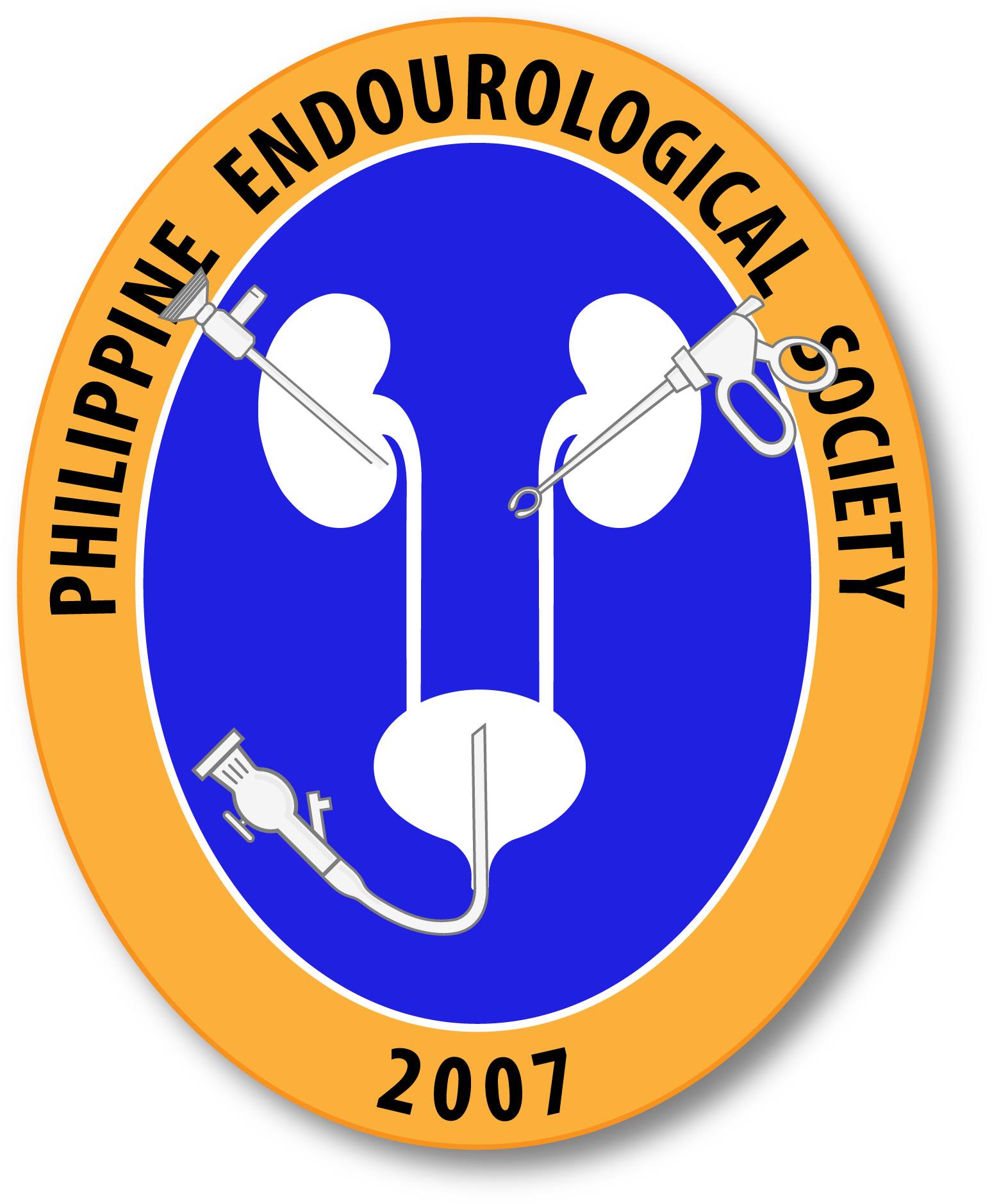SIU 2021: The Role of PSMA PET in mCRPC and PSMA-Radioligand Therapy
(UroToday.com) In the second Hot Topics session of the 2021 SIU Annual Congress focused on the role of prostate specific membrane antigen (PSMA) and theranostics in prostate cancer, Dr. Fleshner closed the session discussing the role of PSMA-PET imaging in metastatic castration-resistant prostate cancer (mCRPC) and PSMA-radioligand therapy (RLT).
